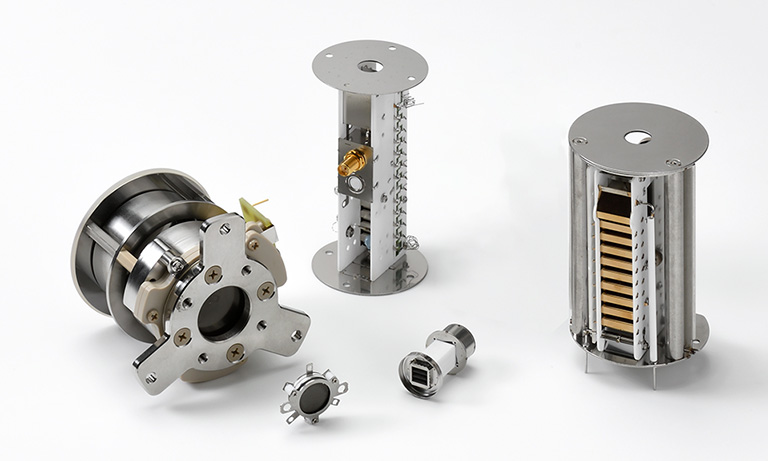United States (EN)
Select your region or country.
Hamamatsu Frontiers webinar series - New photonic technologies enabling next-generation markets and applications
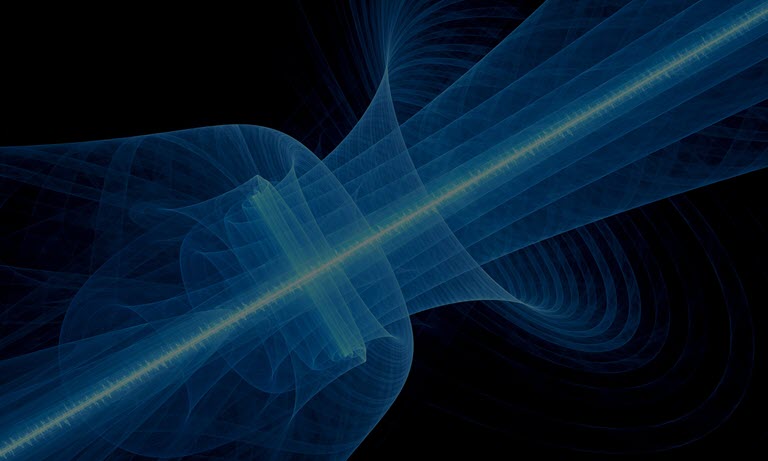
A series of 6 webinars sponsored by Hamamatsu and SPIE, where you can learn about the new optical technologies such as SPAD, UV-NIR Spectrometer, Laser-Driven Light Sources, and the qCMOS (quantitative CMOS) camera’s role in the enabling markets. You will also gain knowledge and understanding of the key market requirements and trends. We hope you can join us for this exciting series.
Recordings
Webinar #5: FMCW LiDAR: a closer look at the principles of operation and technical challenges
Date/Time: November 9, 2023 at 1:00 PM EST
The talk discusses the widespread anticipation of self-driving cars in our culture and the active research in the automotive industry and academia to develop autonomous car systems. It highlights the importance of LiDAR technology, which provides 3D information about a car's surroundings up to 200 meters away. However, designing a functional LiDAR system has proven to be a challenging task, with beam steering, photodetection, and data processing being the main engineering hurdles. The presentation focuses on one specific LiDAR design called frequency modulated continuous wave (FMCW) LiDAR. It covers the physics principles behind FMCW LiDAR, explores its key components, and concludes with a comparison between FMCW and time-of-flight (ToF) LiDAR technologies.
Presenter:
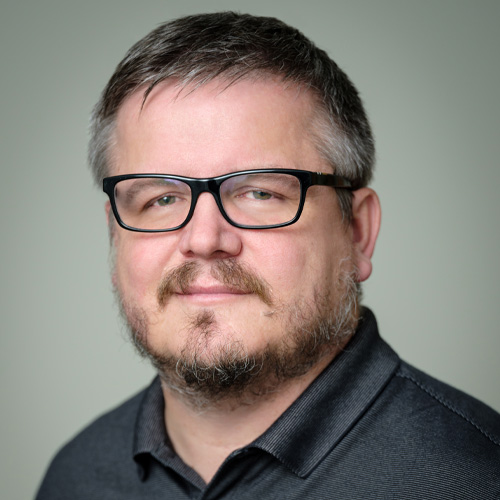
Slawomir S. Piatek, Ph.D., is a senior university lecturer on physics at the New Jersey Institute of Technology and a science consultant for Hamamatsu Corp. At the university, he has been measuring the proper motions of nearby galaxies using images obtained by the Hubble Space Telescope. At Hamamatsu, he has developed a photonics training program for engineers. Piatek is also involved in popularizing the silicon photomultiplier (SiPM) as a novel photodetector by writing and lecturing, and by experimenting with the device. He earned a doctorate in physics from Rutgers, The State University of New Jersey, in 1994.
Webinar #4: Optical technology in industrial automation and gas analysis
Date/Time: October 5, 2023 at 1:00 PM EDT
This webinar highlights the importance of automated processes and gas monitoring across various industries like energy, semiconductor, EV, food, and packaging. The need for worker safety regarding poisonous gases and explosion risks is also addressed. These industries rely on advanced quality control methods to enhance product quality and yield while reducing labor costs and errors. Optical technology, including detectors, lamps, lasers, and image sensors, plays a crucial role in powering these systems. Those who can effectively use optical systems and explore market options are at the forefront of innovation. The webinar will showcase real-world applications of optical technology in industrial automation and gas analysis, explaining how photonics enhances system performance. Additionally, it will touch upon emerging photonic technology and its potential future applications.
Presenters:

Gary Spingarn, Product Manager with Hamamatsu, focuses on detectors and light sources for the mid-infrared region. As a chemical engineer, Gary made his start in industrial gases where he gained hands on experience in all sorts of processes such as steel mills, plastics manufacturing, and alternative energy. Photonic devices were key in many of his past projects, and he began with the spectrometer group before moving into mid-infrared components. Leveraging past experience, Gary continues to support the development of gas analyzers, analytical instruments, medical devices, pyrometers, and new applications.

Albert Tu is a Marketing Engineer for Hamamatsu Corporation in Bridgewater, NJ, specializing in Near Infrared applications and image sensors. After graduating from college, he held positions from product design, technical support and product management in the optical industry. He returned to business school to get his Master’s Degree from the University of Texas at Austin. With over 10 years’ hands-on experience in product development and new technology implementation, Albert now provides insights to help customers find the right solution for their technology.
Webinar #3: Innovative plasma-based light sources: theory, practice, and applications
Date/Time: July 7, 2023 at 1 PM EDT
Numerous applications require a broad-band light source with a stable high output brightness, stable spectral composition, and high degree of spatial coherence. The traditional broadband light sources such as thermal black bodies or plasma discharge tubes satisfy some of these performance requirements but rarely all. Recently developed laser-driven light source (LDLS) offers a significant performance improvement over the traditional sources and rapidly becomes the light source of choice in applications such as semiconductor wafer inspection, image sensor characterization, or optical systems testing (e.g., telescopes). This presentation first briefly reviews the traditional broadband sources to be then compared with the laser-driven source. The presentation ends with a discussion of several applications where LDLS is outperforming other sources.
Presenter:

Slawomir S. Piatek, Ph.D., is a senior university lecturer on physics at the New Jersey Institute of Technology and a science consultant for Hamamatsu Corp. At the university, he has been measuring the proper motions of nearby galaxies using images obtained by the Hubble Space Telescope. At Hamamatsu, he has developed a photonics training program for engineers. Piatek is also involved in popularizing the silicon photomultiplier (SiPM) as a novel photodetector by writing and lecturing, and by experimenting with the device. He earned a doctorate in physics from Rutgers, The State University of New Jersey, in 1994.
Webinar #2: The impact of NEW UV-NIR spectrometer designs on measurement outcomes
Date/Time: May 16, 2023 at 1 PM EDT
For decades, spectrometers have played a valuable role in characterizing and detecting samples of all varieties. With each new application that has come to the forefront, new spectrometer technologies have grown to fill wide-spread and niche needs.
The need for smaller, compact solutions for portable measurements has grown tremendously. In this talk, we will discuss the use of near-infrared spectrometers that have allowed spectroscopy to evolve from a lab-bound solution to one used by first responders for real-time forensic analysis or by commercial users interested in seeing sugar content or water content for fruit ripeness. We will also share what makes technologies like the MEMS-FPI and MEMS-based Michelson Interferometer so unique and so small, new developments by Hamamatsu Photonics for these devices, and how they can be utilized to support the growing needs of the NIR spectroscopy field.
Then, we will introduce Hamamatsu’s newest UV-NIR spectrometer, the OPAL-Luxe Spectrometer. The OPAL-Luxe’s unique design achieves unprecedented performance, redefining how spectroscopists view their worlds. Everything about the OPAL-Luxe screams high performance, yielding world-class results in the most demanding applications. The OPAL-Luxe is meeting the challenge of low-noise performance while achieving an extremely wide dynamic range in a single measurement. True to our brand, Hamamatsu painstakingly designed the best spectrometer for demanding applications, including Semiconductor Plasma Monitors, Optical Density measurements, and more.
Presenters:
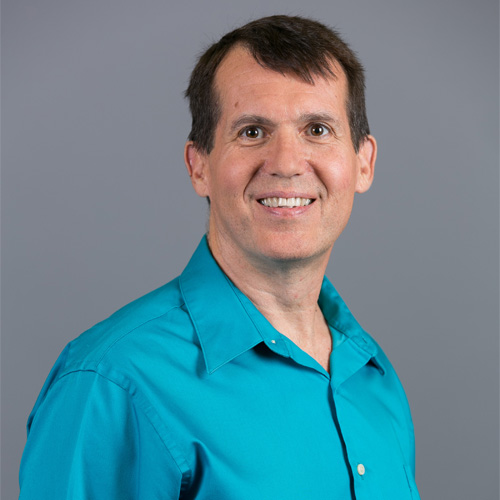
John D. Gilmore has been characterizing leading-edge photonic devices for over three decades. He has developed sophisticated test and measurement capabilities, enabling precise characterization of image sensors and spectrometers. In addition, he has vast knowledge of the operation, optimization, and practical use of photonic devices, with particular emphasis on image sensors, spectrometers, and Raman modules. He received his B.S. degree in electronic engineering technology (EET) from Capital Institute of Technology, Laurel, Md., in 1986, and received his M.S. degree in electrical engineering with a concentration in solid state devices and material processing from the New Jersey Institute, Newark, N.J., in 1993. He joined Hamamatsu Corp. in September of 1986 and is presently the spectrometer business development manager. He is currently involved with the development of application-specific inspection equipment, general spectrometer marketing, and advanced field technical support.

Stephanie Butron is an Applications Engineer for spectrometer products at Hamamatsu Corporation in Bridgewater, New Jersey. She prepares test fixtures and procedures to characterize precisely Hamamatsu’s various spectrometer devices, and assists on projects with her advanced technical support and product selection insight. With a B.S. in chemical engineering from Manhattan College, she is regularly looking at spectrometers from a multi-faceted perspective to provide users a well-rounded understanding of the devices available and the ways they may be beneficial and optimized for their applications.
Webinar #1: Untangling the mysteries of quantum technology using the ORCA-Quest qCMOS camera
Date/Time: April 18, 2023 at 1 PM EDT
Regardless of the problem, in every sci-fi movie these days the solution seems to be “nano” or “quantum” technology. But good sci-fi is rooted in reality. Advances in understanding quantum entanglement, developing reliable quantum computers, and characterizing the light sources and optics needed for quantum experiments have become our daily reality. At Hamamatsu, our role in quantum research is as varied as our products. With the development of the ORCA-Quest, we offer the first quantitative CMOS (qCMOS) camera specifically designed with quantum imaging science in mind. In the first half of this presentation, we will provide a comprehensive overview of the ORCA-Quest and highlight the engineering successes needed to achieve less than 0.3 e- rms readout noise and photon-resolving capabilities. In the second phase of the talk, we will connect how specific performance elements of the ORCA-Quest make it well suited to quantum research, including cold atoms and quantum entanglement. Pushing the envelope of an emerging technology requires new tools to take you beyond the edge of discovery. We believe that the ORCA-Quest is one of those tools. We invite you to come learn about this exciting, new breakthrough designed to help ignite questions and detect answers.
Presenters:
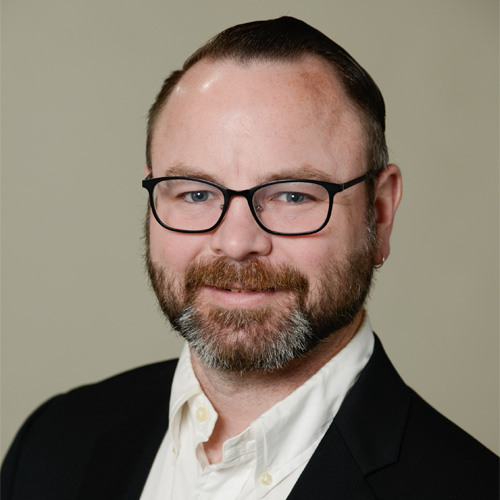
Brad Coyle is the OEM camera product manager at Hamamatsu. He has worked in the imaging field for over 16 years. His lab experience is in cell biology and live-cell microscopy. For eight years, he worked in advanced microscopy sales for Nikon Instruments. He joined Hamamatsu eight years ago in direct camera sales and quickly moved into OEM and automated imaging. His expertise includes camera and sensor technology, and advanced life science, physics, and industrial applications. Hamamatsu is a world leader focused on light-powered innovation. The company’s mission is to benefit society through the development of technologies that capture, measure, and generate various types of light.
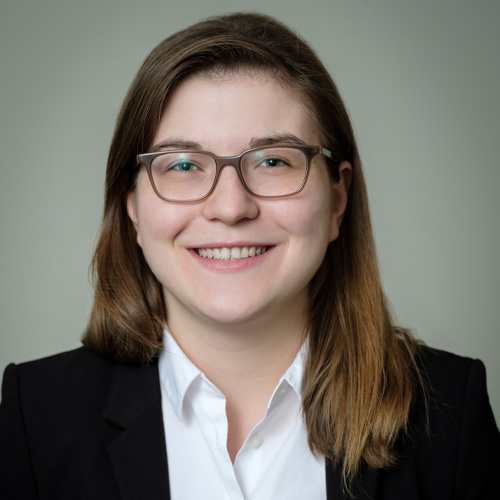
Klea Dhimitri is an Applications Engineer at Hamamatsu Corporation in Bridgewater, NJ. Her expertise includes photodetectors such as photomultiplier tubes (PMT), single-photon avalanche diode (SPAD), MPPC (which is Hamamatsu’s silicon photomultiplier), photodiodes and avalanche photodiodes (APD) and their role in quantum applications. Klea leads Hamamatsu's efforts and bringing R&D from Japan together with researchers and early adopters in North America to provide a range of photonics solutions from detectors, modulators, cameras for the current and future quantum technologies landscape. Managing Hamamatsu Corporation engagement and activities in North American quantum hubs such as the Quantum Economic Development Consortium (QED-C). She received her bachelor’s degree in Physics and Mathematics from CUNY Hunter College in 2018.
- Confirmation
-
It looks like you're in the . If this is not your location, please select the correct region or country below.
You're headed to Hamamatsu Photonics website for US (English). If you want to view an other country's site, the optimized information will be provided by selecting options below.
In order to use this website comfortably, we use cookies. For cookie details please see our cookie policy.
- Cookie Policy
-
This website or its third-party tools use cookies, which are necessary to its functioning and required to achieve the purposes illustrated in this cookie policy. By closing the cookie warning banner, scrolling the page, clicking a link or continuing to browse otherwise, you agree to the use of cookies.
Hamamatsu uses cookies in order to enhance your experience on our website and ensure that our website functions.
You can visit this page at any time to learn more about cookies, get the most up to date information on how we use cookies and manage your cookie settings. We will not use cookies for any purpose other than the ones stated, but please note that we reserve the right to update our cookies.
1. What are cookies?
For modern websites to work according to visitor’s expectations, they need to collect certain basic information about visitors. To do this, a site will create small text files which are placed on visitor’s devices (computer or mobile) - these files are known as cookies when you access a website. Cookies are used in order to make websites function and work efficiently. Cookies are uniquely assigned to each visitor and can only be read by a web server in the domain that issued the cookie to the visitor. Cookies cannot be used to run programs or deliver viruses to a visitor’s device.
Cookies do various jobs which make the visitor’s experience of the internet much smoother and more interactive. For instance, cookies are used to remember the visitor’s preferences on sites they visit often, to remember language preference and to help navigate between pages more efficiently. Much, though not all, of the data collected is anonymous, though some of it is designed to detect browsing patterns and approximate geographical location to improve the visitor experience.
Certain type of cookies may require the data subject’s consent before storing them on the computer.
2. What are the different types of cookies?
This website uses two types of cookies:
- First party cookies. For our website, the first party cookies are controlled and maintained by Hamamatsu. No other parties have access to these cookies.
- Third party cookies. These cookies are implemented by organizations outside Hamamatsu. We do not have access to the data in these cookies, but we use these cookies to improve the overall website experience.
3. How do we use cookies?
This website uses cookies for following purposes:
- Certain cookies are necessary for our website to function. These are strictly necessary cookies and are required to enable website access, support navigation or provide relevant content. These cookies direct you to the correct region or country, and support security and ecommerce. Strictly necessary cookies also enforce your privacy preferences. Without these strictly necessary cookies, much of our website will not function.
- Analytics cookies are used to track website usage. This data enables us to improve our website usability, performance and website administration. In our analytics cookies, we do not store any personal identifying information.
- Functionality cookies. These are used to recognize you when you return to our website. This enables us to personalize our content for you, greet you by name and remember your preferences (for example, your choice of language or region).
- These cookies record your visit to our website, the pages you have visited and the links you have followed. We will use this information to make our website and the advertising displayed on it more relevant to your interests. We may also share this information with third parties for this purpose.
Cookies help us help you. Through the use of cookies, we learn what is important to our visitors and we develop and enhance website content and functionality to support your experience. Much of our website can be accessed if cookies are disabled, however certain website functions may not work. And, we believe your current and future visits will be enhanced if cookies are enabled.
4. Which cookies do we use?
There are two ways to manage cookie preferences.
- You can set your cookie preferences on your device or in your browser.
- You can set your cookie preferences at the website level.
If you don’t want to receive cookies, you can modify your browser so that it notifies you when cookies are sent to it or you can refuse cookies altogether. You can also delete cookies that have already been set.
If you wish to restrict or block web browser cookies which are set on your device then you can do this through your browser settings; the Help function within your browser should tell you how. Alternatively, you may wish to visit www.aboutcookies.org, which contains comprehensive information on how to do this on a wide variety of desktop browsers.
5. What are Internet tags and how do we use them with cookies?
Occasionally, we may use internet tags (also known as action tags, single-pixel GIFs, clear GIFs, invisible GIFs and 1-by-1 GIFs) at this site and may deploy these tags/cookies through a third-party advertising partner or a web analytical service partner which may be located and store the respective information (including your IP-address) in a foreign country. These tags/cookies are placed on both online advertisements that bring users to this site and on different pages of this site. We use this technology to measure the visitors' responses to our sites and the effectiveness of our advertising campaigns (including how many times a page is opened and which information is consulted) as well as to evaluate your use of this website. The third-party partner or the web analytical service partner may be able to collect data about visitors to our and other sites because of these internet tags/cookies, may compose reports regarding the website’s activity for us and may provide further services which are related to the use of the website and the internet. They may provide such information to other parties if there is a legal requirement that they do so, or if they hire the other parties to process information on their behalf.
If you would like more information about web tags and cookies associated with on-line advertising or to opt-out of third-party collection of this information, please visit the Network Advertising Initiative website http://www.networkadvertising.org.
6. Analytics and Advertisement Cookies
We use third-party cookies (such as Google Analytics) to track visitors on our website, to get reports about how visitors use the website and to inform, optimize and serve ads based on someone's past visits to our website.
You may opt-out of Google Analytics cookies by the websites provided by Google:
https://tools.google.com/dlpage/gaoptout?hl=en
As provided in this Privacy Policy (Article 5), you can learn more about opt-out cookies by the website provided by Network Advertising Initiative:
http://www.networkadvertising.org
We inform you that in such case you will not be able to wholly use all functions of our website.
Close











